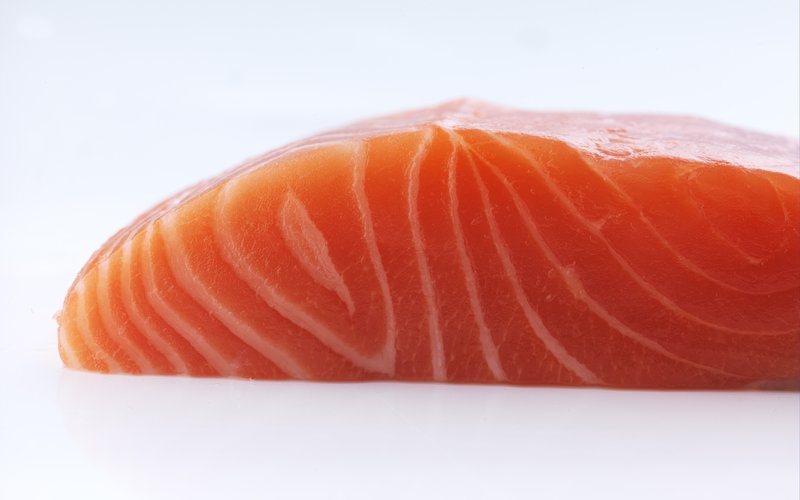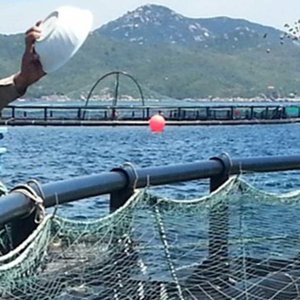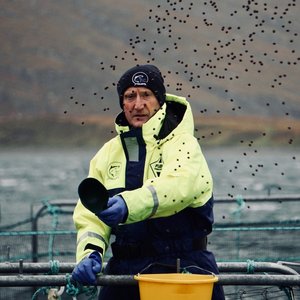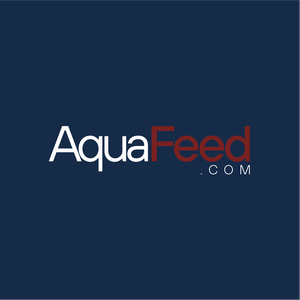For the second year in a row, the world’s largest salmon producer, Mowi, reigns at the top of the Coller FAIRR Protein Index list of the world’s most sustainable protein producers. In total, three Norwegian seafood companies are ranked among the top 10.
The index looks at how the world’s 60 largest publicly listed companies producing meat, dairy and seafood performs on various risk factors relating to sustainability. In the three years the report has been published, Norwegian aquaculture companies have always led the way, with Lerøy Seafood Group grabbing the top spot in 2018 and Grieg Seafood also among the top 10.
CEO of the Norwegian Seafood Council, Renate Larsen is not surprised to see so many Norwegian salmon producers scoring high on these rankings year after year. “There is little doubt that Norwegian aquaculture is among the most sustainable food production and the industry is continually working to further evolve and advance sustainably. Eating more seafood is a good way to reduce our climate emissions, and Norwegian salmon companies are leading the way in sustainable protein production,” said Larsen.
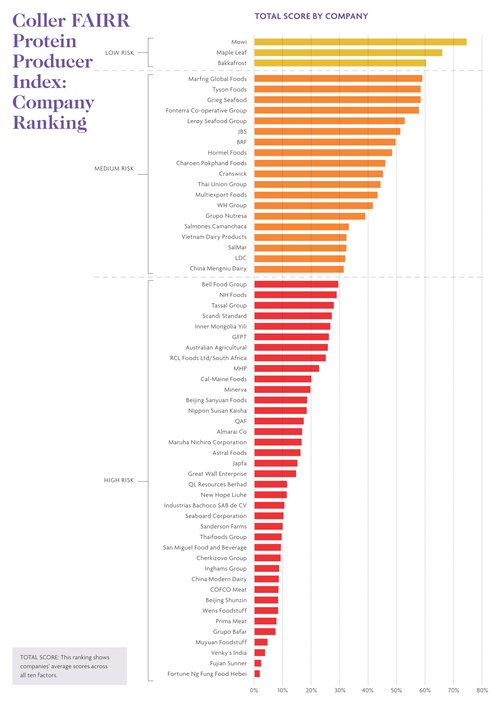
The primary purpose of the Coller FAIRR Protein Index is to support investors in making decisions taking sustainability into account, as well as enabling the companies themselves to benchmark against their peers and improve their management and reporting of risks. The companies are ranked on how they perform in areas of greenhouse gas emissions, deforestation, use of antibiotics and labor conditions.
While the Norwegian seafood companies represent the positive end of the scale, the report points out that 86% of the large meat and dairy producers have not set meaningful targets for how to reduce emissions. “If global animal agriculture was a country, it would be the second-highest emitter of greenhouse gases. FAIRR’s data shows three in four global meat and dairy giants are hiding the full extent of their climate emissions or failing to set meaningful targets to reduce them,” said Jeremy Coller, founder of the FAIRR-network.
Another area where Norwegian aquaculture bucks the trend found in the Coller FAIRR report is on the use of antibiotics in production. Many protein producers use antibiotics to help animals achieve higher slaughter weights, and as a preventative measure to help support against disease caused by unhygienic and crowded conditions in slaughterhouses. While the use of antibiotics has been all but eliminated in Norwegian salmon farming, 70% of the companies in the index, and all companies producing beef or dairy, have been ranked as “high risk” for antibiotic stewardship.
“Norway has never produced more salmon than in 2019, yet the use of antibiotics continues to drop. This is the result of a strong focus on fish welfare and food safety in the industry, and we are proud to say Norwegian aquaculture is the best in the world when it comes to antibiotics use in animal food production,” said Larsen.
Download the summary of Coller FAIRR Protein Index report here. For more information, visit www.fairr.org


